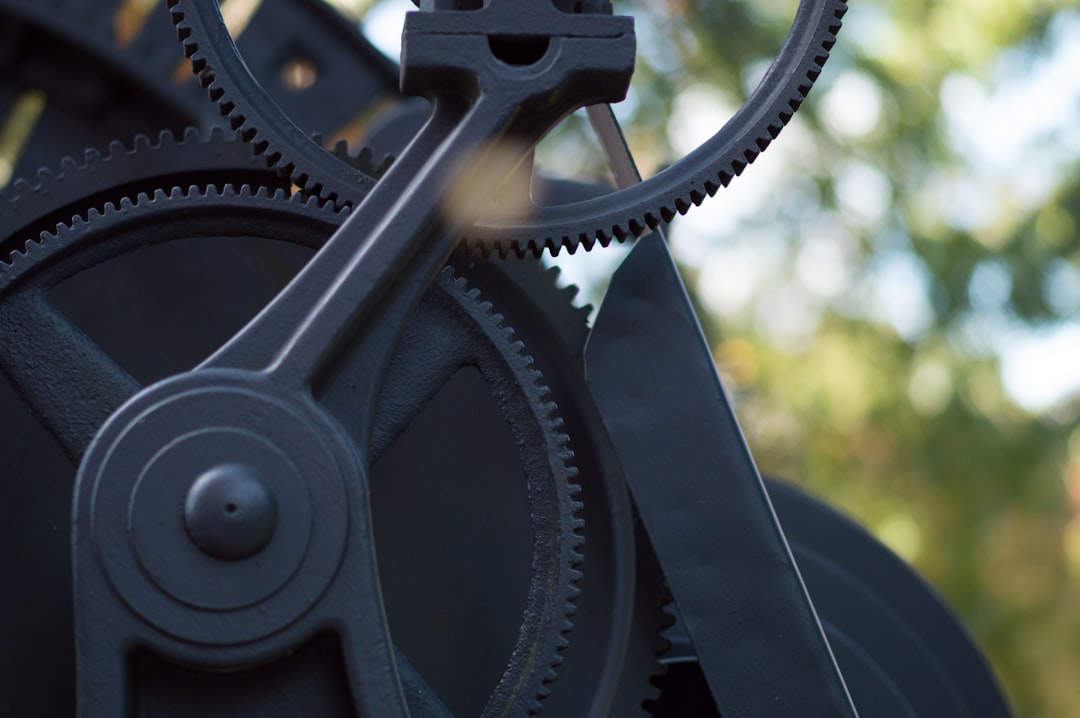What is it about?
The hypothalamus is a spatially and functionally heterogeneous structure with complex bimodal functional features, the diffusional kurtosis and functional RS- and task-related MRI techniques will provide supple- mentary information regarding structural and functional abnormalities. Our results of disruption of functional and structural hypothalamic connectivity and activity in patients with MTBI and significant correlation with fatigue symp- toms might help to resolve an array of clinical symptoms in MTBI related to sleep disturbance and fatigue due to orexin level changes.
Featured Image
Why is it important?
Mild traumatic brain injury (MTBI) is a major public health problem due to the high prevalence and difficulty in diagnosis and treatment. Injury to the hypothalamus can occur following a traumatic accident through either shearing that cause diffuse axonal injury within its pathway and damage to its cell bodies which extends through the skull due to the coup/contre- coup forces.32 In the case of MTBI, it is now believed that even when no evidence based on conventional methods including imaging of hypothalamic dysfunction, repeated screening should be conducted up to 3 years postinjury in order to detect the development of hypothalamic symptoms due to the potential subclinical damage causing apoptosis and atrophy in the hypothalamus.33 Our results demonstrat- ed both microstructural and functional connectivity abnor- malities of hypothalamus in these MTBI patients at a relatively early stage after injury (<2 months), indicating DKI and RS-fMRI have the potential to provide objective measures in patients with hypothalamic symptoms that are difficult to explain with conventional MRI.
Perspectives
In this paper, we used three recently developed techniques: diffusion kurtosis, functional connectivity based on resting-state fMRI (fcMRI) and task-related fMRI to examine structural and functional changes at resting state and at visual-food stimulation conditions in MTBI patients compared to controls. Region-specific hypothalamus was chosen based on reported injury to hypothalamic cell bodies that may result in substantial neuropeptide dysregulation with associated clinical hypothalamic symptoms related to motivated behavior, sleep/wake cycles. We found significantly reduced mean kurtosis (p=0.0092) and radial kurtosis (p=0.0078) in patients as compared to controls. Furthermore, there was a significant negative correlation (r=-0.675, p=0.0007) between radial kurtosis in the hypothalamus and fatigue severity scale in patients. MTBI group also showed disrupted hypothalamic RSNs; for example, with significantly decreased positive connectivity in medial prefrontal cortex, inferior posterior parietal and cingulate regions but increased connectivity in the peri-hypothalamic regions and cerebellumLower hypothalamic fMRI signals in response to visual-food fMRI stimulations had been found in patients compared to controls. Our results of disruption of functional and structural hypothalamic connectivity in patients with MTBI might help to resolve an array of clinical symptoms in MTBI related to sleep disturbance and clinical symptoms including fatigue. We hope that this work will be of interest and of value to those among the JMRI readership and the whole biomedical engineering and neuroimaging and neuroscientist community by providing a multi-feature and some pioneer experiment and results to a majority population of a substantial public health problem.
Dr Yongxia Zhou
New York University Langone Medical Center
Read the Original
This page is a summary of: Abnormal structural and functional hypothalamic connectivity in mild traumatic brain injury, Journal of Magnetic Resonance Imaging, July 2016, Wiley,
DOI: 10.1002/jmri.25413.
You can read the full text:
Contributors
The following have contributed to this page










